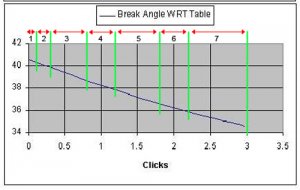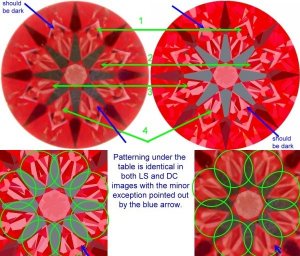adamasgem
Brilliant_Rock
- Joined
- May 23, 2003
- Messages
- 1,338
As John suggested, a big love note from meDate: 9/11/2006 10:26:13 PM
Author: canuk-gal
HI:
I acknowledge I am swimming with the big fish here, and hence preface my post by declaring my experience in developing rating scales for research projects, was limited to measuring attitudes.
That said, is it possible to consider using a 7 point linear scale with verbal labels on the end points and the indicators in between labelled with numbers? Diagrams, prn.
Rationale for this suggestion is:
1) 7 points max. based on psychological research by Miller (1956) showing that people have difficulty reliably making more than 7 distinctions (it''s dated, but it''s relevant!). I believe Serg/John mentioned only 7 choices in an earlier post.
2) Research shows that although verbal labels can clarify the meaning of scale points, they may also be distracting. Weisberg et al (1996) surmises it is best to include them, only when necessary. Moreover, if evidence in the literature suggests that people see very little difference between the rating ''Good'' and ''Very Good'', wouldn''t it just be better to use ''the numbers'' and have only the ''extreme'' descriptors/labels on the ends of the scale?
Just an alternative/thought.
cheers--Sharon














300x240.png)